Interview with Keith Todd Kerman
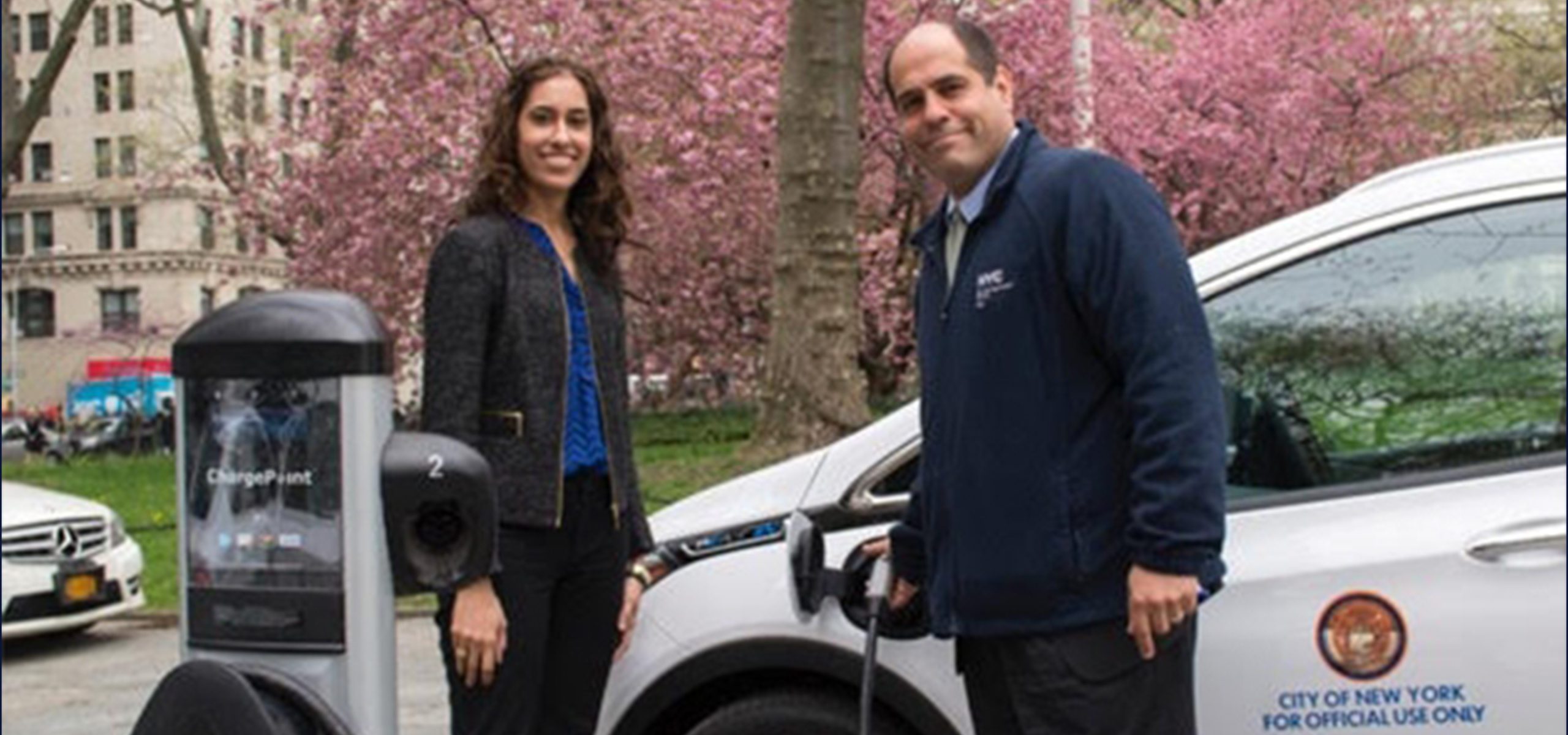
Safe, Sustainable Mobility in New York City
The City of New York manages the largest municipal vehicle fleet in the United States. From a large scale power conversion to the implementation of Mayor Bill de Blasio’s Vision Zero, Keith Todd Kerman explains how the City is positioning itself as a leader in sustainable practices and road safety.
Keith Todd Kerman is the City of New York’s chief fleet officer and a deputy commissioner with the Department of Citywide Administrative Services (DCAS).
What is your role in NYC’s fleet sustainability efforts and the application of Mayor Bill de Blasio’s 2015 Clean Fleet Plan?
NYC Fleet manages over 31,000 vehicles, one of the largest fleets anywhere. We have over 2,000 full-time fleet and dispatch staff and 80,000 fleet operators.
Under Mayor de Blasio’s NYC Clean Fleet policy, NYC has committed to achieve 50% greenhouse gas reduction from our fleet by 2025. The city is implementing one of the nation’s most comprehensive fleet sustainability initiatives:
- NYC currently operates over 1,800 electric vehicles and will have about 2,100 by this summer. We now have electric sedans, cross-overs, SUVs, and mini-vans on contracts and are taking our first steps in electric busses, hybrid police cars, and plug in ambulances.
- To support our growing electric vehicle (EV) fleet, NYC operates 575 electric charging stations, including 60 mobile solar carports, North America’s largest such initiative.
- NYC is one of the nation’s largest biofuels adopters, in fleet and city buildings. All our vehicles use biofuel blends including police and emergency service units. We are working now to add renewable diesel (RD) to our long-time biodiesel efforts, with a goal to replace traditional fossil fuel diesel completely.
- NYC operates over 5,000 hybrid vehicles, natural gas fleet units, and over 750 electric and solar off-road units. By the end of 2019, over 20,000 fleet assets will operate on some type of cleaner fuel alternative.
- In fiscal year 2018, NYC’s new light duty fleet vehicles achieved an average United States Environmental Protection Agency (US EPA) listed fuel economy of 100 miles per gallon (MPG).
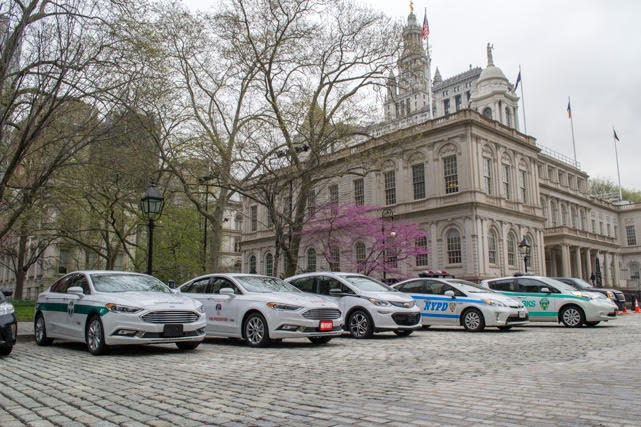
In its effort toward sustainability, the DCAS has put emphasis on shared services. To this end, it has implemented, among other initiatives, the Fleet Share Program. Can you briefly describe this initiative and tell us how it has been successful in optimizing fleet capacity utilization?
Over 60 agencies and offices own and operate fleet units as part of NYC Fleet. The major fleet agencies are known as the Fleet Federation and include NYPD (Police), FDNY (Fire), DSNY (Sanitation), DOT (Transportation), DEP (Environmental Protection), Parks, DOC (Correction), DHMH (Health and Mental Hygiene), TLC (Taxi & Limousine Commission), OEM (Emergency Management), DOE (Education) and DCAS.
Shared servicing is a critical priority of NYC Fleet. The city implemented one of the largest consolidations and shared service initiatives in fleet. Each day, agencies like NYPD, DSNY, Parks, DOT and DCAS service and support fleet units from other agencies, breaking down traditional silos across agencies and reducing costs. Last year, DCAS successfully partnered to service 1,000 vehicles from the NY Housing Authority in our latest consolidation.
This March 2019, Mayor de Blasio signed Executive Order 41. His initiative will take our shared services, utilization tracking, and efficiency efforts even further.
This initiative requires NYC to reduce at least 1,000 vehicles from the fleet and 10 million miles. The city will use advanced telematics to track fleet usage on a daily basis and will establish a minimal 80% usage standard for fleets. NYC will work to find alternatives to vehicle operation, such as subway use; will reduce vehicle commuting; and will study routes to improve efficiency.
One of the most exciting aspects of this effort is our fleet share program. NYC has over 750 city-owned vehicles that use Zipcar technology and are shared within agencies. Staff get card keys, not car keys, and reserve vehicles online as they might a conference room. This type of sharing holds the prospect of greatly increased efficiency, reduced costs, and enabling fleet managers to focus on fulfilling transport needs—not assigning cars to people.
As part of this effort, DCAS has also rolled out over 60 all-electric GM Bolts to be shared across all agencies. These are now among NYC’s most used fleet units. Many are powered by solar carports.
Shared, all electric vehicles, powered by the sun. Nothing better represents the fleet of the future. We have them today.
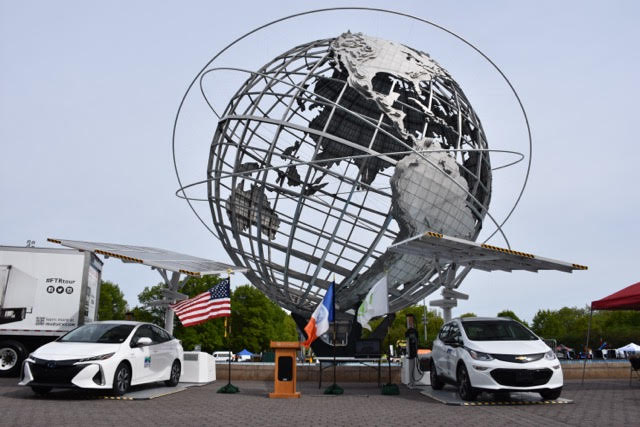
What is the DCAS’s role in the execution of Mayor de Blasio’s Vision Zero plan? What concrete measures have been taken to improve NYC’s municipal fleet safety?
Under Mayor de Blasio, NYC has been a leader in traffic safety through our Vision Zero initiative. NYC Fleet works in partnership on Vision Zero with the dedicated team from the Mayor’s Vision Zero task force, including DOT, NYPD, TLC, DHMH, BIC (Business Integrity Commission), and the Mayor’s Office.
NYC streets are safer than they have ever been. We adopted Vision Zero from our international partners and now NYC’s Vision Zero effort has become a model for our nation. We are committed to doing more and intensifying these efforts.
Vision Zero has many components, including traffic and roadway design, police enforcement, health monitoring, and fleet safety, which is our focus at DCAS and also TLC. We are working to make our fleet the nation’s safest and most sustainable as well.
Among many initiatives:
- We have brought in over 50,000 city employees for focused training on Vision Zero and safe driving.
- We are adding telematics to all city vehicles, so we can monitor speed, seatbelts, driving habits, left-hand turns, on a real time basis, at our new real-time fleet centre.
- We have partnered with the US Department of Transportation Volpe Center on a Safe Fleet Transition Plan to ensure specifications and design for our 160 types of vehicles are as safe as possible.
- We lead North America in truck side-guard implementation and recently announced that we will transition to high vision trucks. These have both been international partnerships.
- We are pushing the fleet industry to separate safety and luxury in how they sell and market vehicles.
- We have barred hands-free phone use by city fleet operators. It’s the distraction that kills.
- We are partnering with NYC DOT, through support from US DOT, to introduce vehicle-to-vehicle and vehicle-to-infrastructure (V to V and V to I) technology on city fleet units.
It’s our view that the design of fleet systems is as critical to safe streets as the design of roadways. Through vehicle-to-vehicle and vehicle-to-infrastructure, the two come even more closely together, with tremendous potential for long term safety improvement. Cars talking to cars. Infrastructure talking to cars—all to prevent collisions in real-time and safeguard drivers, bicyclists, and pedestrians.
All of these efforts are having an impact. Fatalities and crashes per mile are decidedly down for the city fleet. We have lots more to do, however.
What are some of the innovative ideas and projects that we can expect from the DCAS in the years to come?
NYC Fleet has recently established a Fleet Office of Real Time Tracking (FORT). This operation is located at the Municipal Building at City Hall and will operate as a watchtower for city fleet operations. This initiative will help us improve safety, reduce and respond to crashes, better track fuel economy, study fleet use, and more.
FORT will also be a pivotal tool helping our 60 client offices deliver direct services to the public and will support NYC’s capacity to address major emergencies. Many years in the formation, FORT is our most exciting new initiative and offers the prospect of re-inventing fleet operations and servicing in every way in the next few years.
Continue reading on this subject

The challenges of designing a 40-tonne, 100% electric mining vehicle for open-pit mines
Partnerships and implications The partners involved in the development of a 100% electric Quebec mining vehicle were all eager to be involved with the project from the outset, for a variety of reasons. NRC’s Eddy Zuppel explained their contribution: “Before starting the project, it was important to model and simulate the vehicle’s route in order […]
Read more
Energy efficiency: Financial support to put your ideas into action
Leading a company involves balancing several priorities at the same time. Energy efficiency? It’s an important issue—one of many! What if we gave you what you need to make energy efficiency a driving force behind your company’s performance and profitability? The good news is, Hydro-Québec offers financial assistance and guidance to help you balance performance and energy efficiency.
Read more
My Consumption Profile: data that lets you strategically manage your electricity use
Companies have a critical role to play in the energy transition. Knowing that energy efficiency factors big into profitability, your organization will benefit from strategically managing its electricity use. The key? Your data!
Read more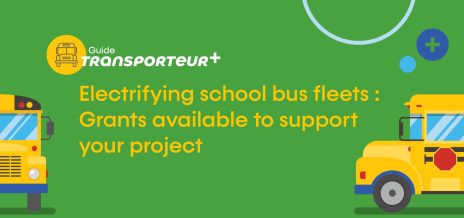
Electrifying school bus fleets : Grants available to support your project
In this series of articles, we demystify the key steps of converting your school bus fleet to electric power thanks to the Transporteur+ guide. This guide aims to provide easy and direct access to resources to clarify the steps, issues, conditions and facilitating measures for a successful transition to electrification.
Read more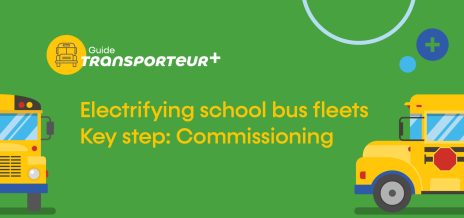
Electrifying school bus fleets | Key step : Comissioning
In this series of articles, we demystify the key steps of converting your school bus fleet to electric power thanks to the Transporteur+ guide. This guide aims to provide easy and direct access to resources to clarify the steps, issues, conditions and facilitating measures for a successful transition to electrification.
Read more
FINANCING | $50 million from Finalta Capital in non-dilutive financing dedicated to the Electric and Smart Transportation sector
Fast growing, innovative companies from the electric and smart transportation (EST) sector in Québec take advantage of the $50 million in funding dedicated to the EST ecosystem by Finalta Capital, one of Canada’s largest funds specialized in non-dilutive tax credit and government grant financing, announced in March 2023 as part of the Impulsion conference, the International EST Summit organized by Propulsion Québec.
Read more
Demand response: Save money by using hydro at the right times
If you could lower your company's hydro bill while contributing to the collective effort to support Quebec’s energy transition, would you? Yes, most likely! How? By curbing power demand for buildings and equipment during peak demand events.
Read more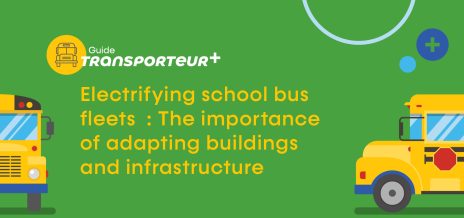
Electrifying school bus fleets : The importance of adapting buildings and infrastructure
In this series of articles, we demystify the key steps of converting your school bus fleet to electric power thanks to the Transporteur+ guide. This guide aims to provide easy and direct access to resources to clarify the steps, issues, conditions and facilitating measures for a successful transition to electrification.
Read more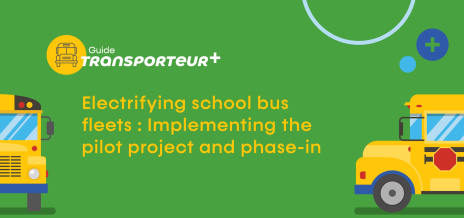
Electrifying school bus fleets : Implementing the pilot project and phase-in
In this series of articles, we demystify the key steps of converting your school bus fleet to electric power thanks to the Transporteur+ guide. This guide aims to provide easy and direct access to resources to clarify the steps, issues, conditions and facilitating measures for a successful transition to electrification
Read more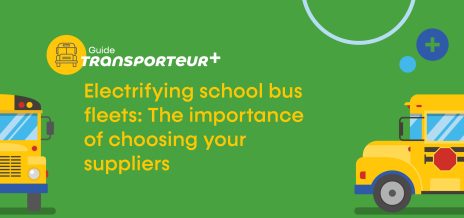
Electrifying school bus fleets: The importance of choosing your suppliers
In this series of articles, we demystify the key steps of converting your school bus fleet to electric power thanks to the Transporteur+ guide. This guide aims to provide easy and direct access to resources to clarify the steps, issues, conditions and facilitating measures for a successful transition to electrification.
Read more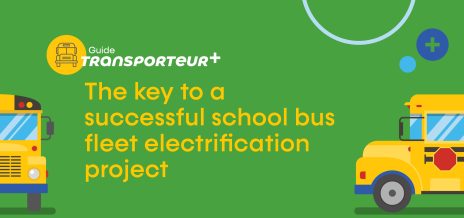
The key to a successful school bus fleet electrification project
In this series of articles, we demystify the key steps of converting your school bus fleet to electric power thanks to the Transporteur+ guide. This guide aims to provide easy and direct access to resources to clarify the steps, issues, conditions and facilitating measures for a successful transition to electrification.
Read more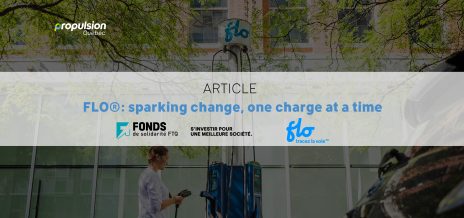
FLO®: sparking change, one charge at a time
FLO became a leader in electric vehicle (EV) charging in North America by integrating the process from start to finish: manufacturing charging stations, developing software and managing its network. To stay ahead of the curve in a fast-moving, innovation-driven market, the company turned to the Fonds de solidarité FTQ to support its growth.
Read more




